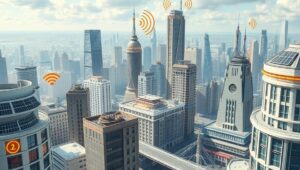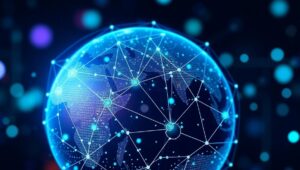May 25, 2025
Energy Harvesting Technologies for Self-Powered Gadgets (2028)
Energy Harvesting Technologies for Self-Powered Gadgets (2028) Imagine a world where your gadgets never run out of battery. A world free from the tyranny of charging cables and power outlets. This is the promise of energy harvesting, and in 2028, it’s closer to reality than ever before. Energy harvesting, also known as power harvesting or energy scavenging, is the process of capturing small amounts of energy from the environment and converting it into usable electrical energy. These sources can include solar, wind, thermal, mechanical vibrations, and even radio frequency (RF) energy. Why Energy Harvesting? The need for energy harvesting technologies












